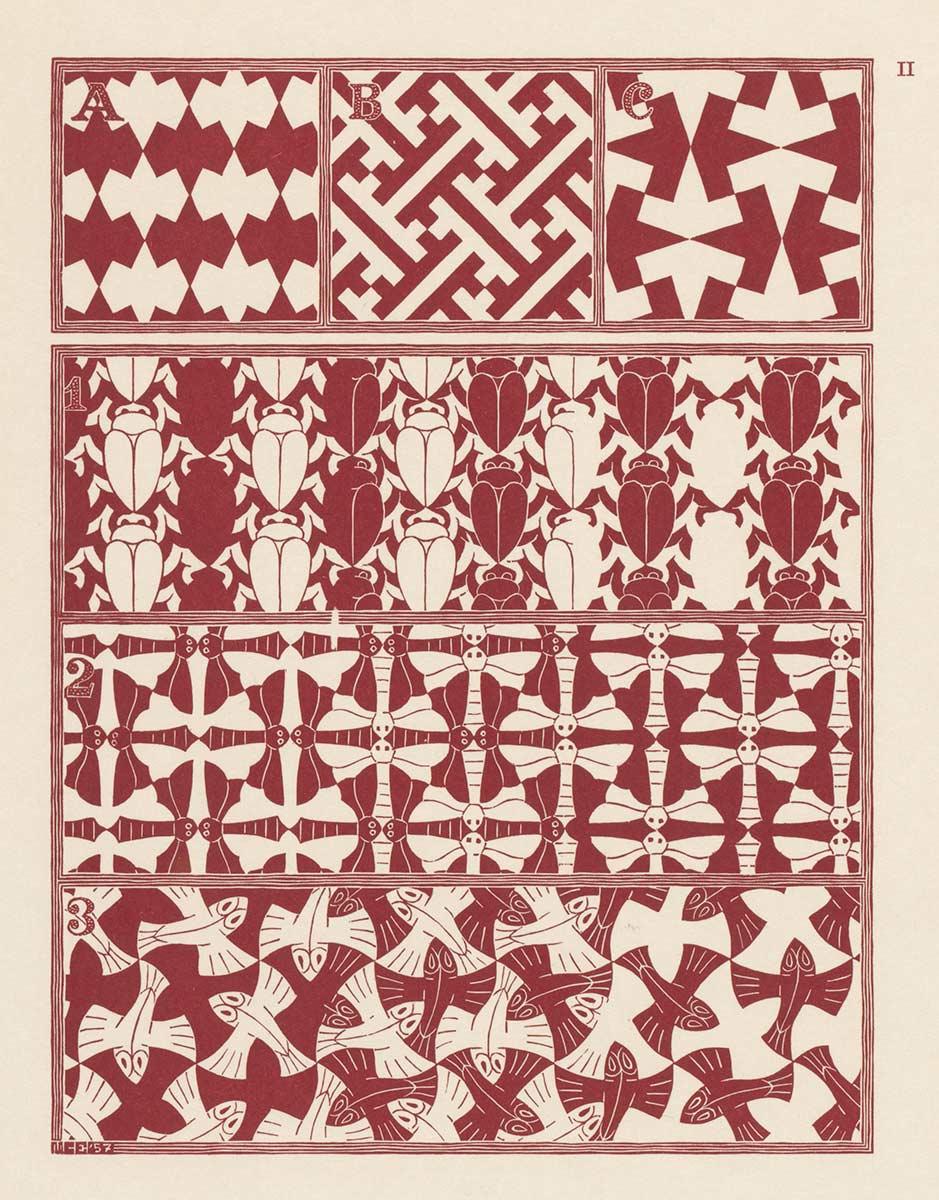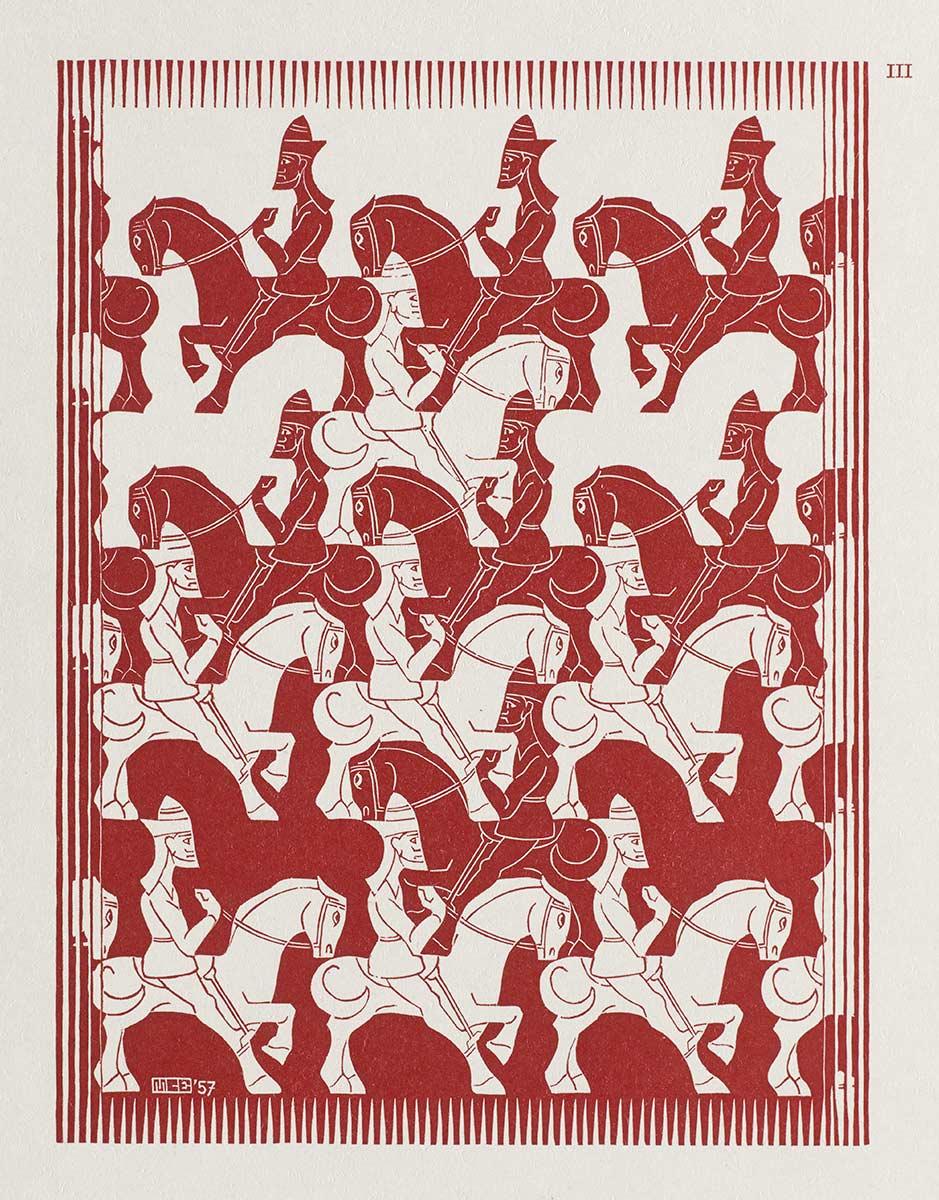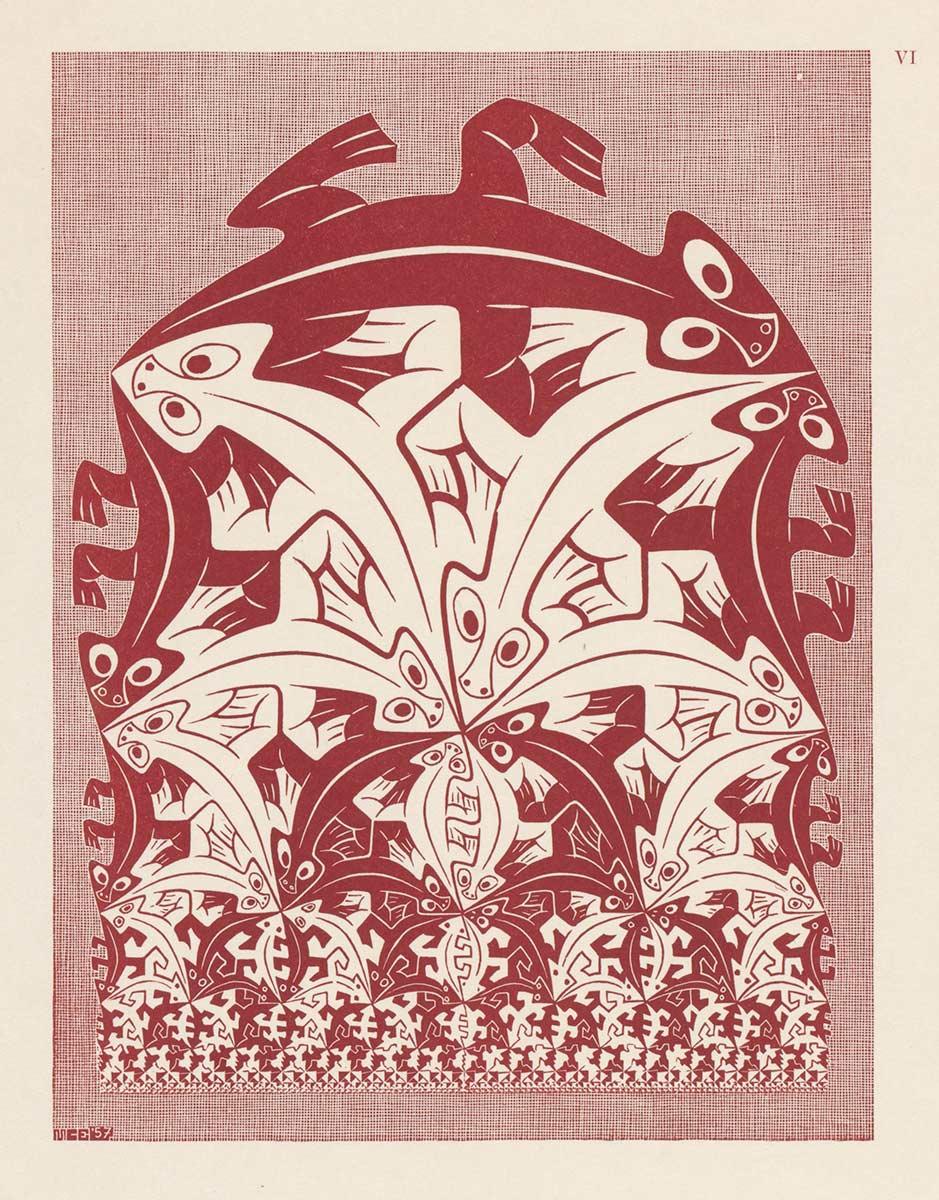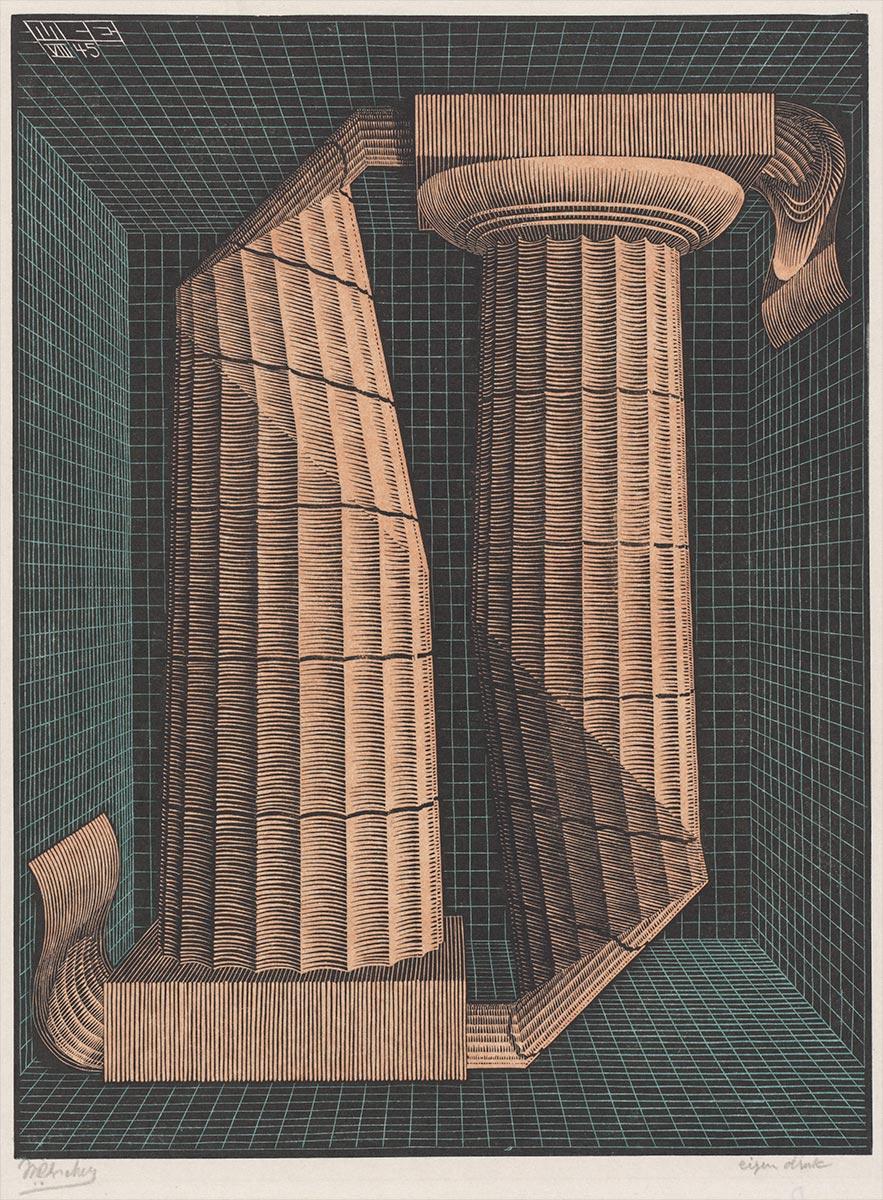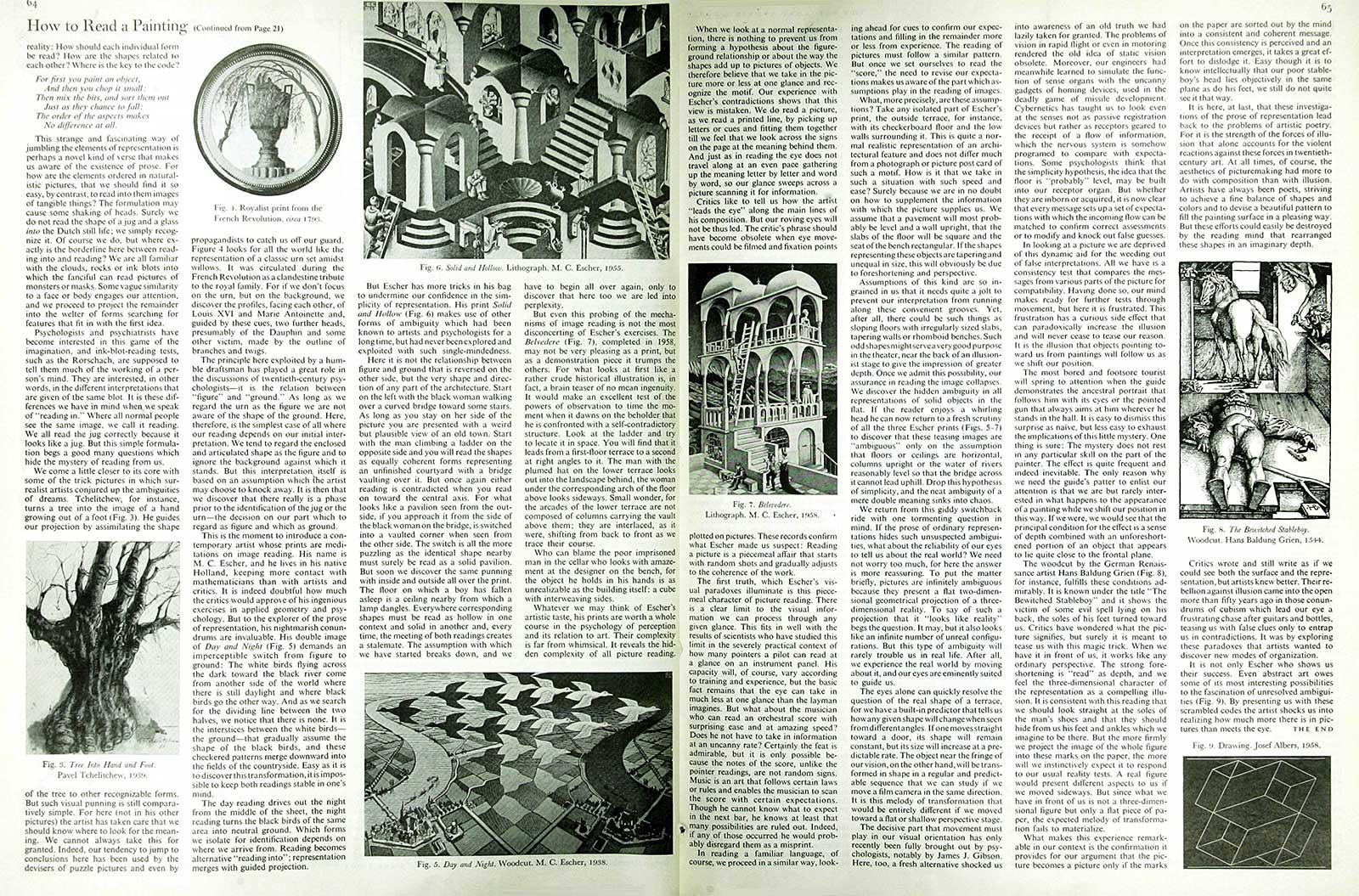'he sings, and in every print that is made from a single block of wood, copper plate or lithographic stone he repeats his song, over and over again. It does not really matter if the occasional sheet gets lost or stained or torn; there are copies enough to convey his thoughts, and if there are not sufficient available he can print a new series, in which each individual work is equally perfect, original and complete, as long as the plate from which it is printed is not worn. How different this is from the principle of uniqueness inherent in painting! We can well understand that a painter often finds it is difficult to part with his spiritual creation, his unique work of art. The best he can hope is that it will lovingly cared for by its foster parents. The graphic artist, however, is like a blackbird singing at the top of a tree. He repeats his song over and over again, and it is complete in each print that he makes. The more that are required, the better he is pleased. He wishes that the wind would scatter his leaves over the earth, the farther the better; not like the dry leaves of autumn, but rather like seeds ready to germinate and light as a feather.'
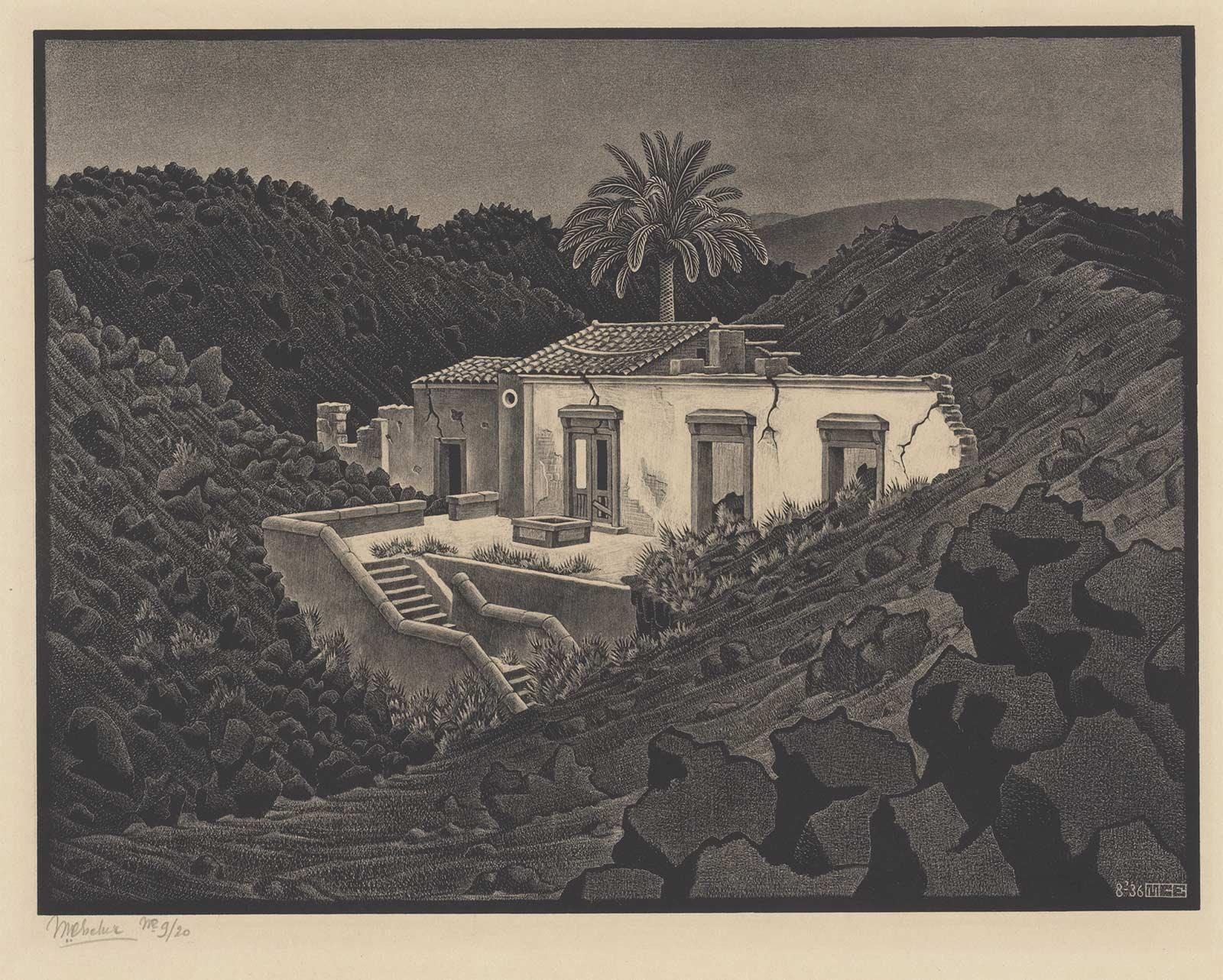

![Regelmatige vlakverdeling, [The Regular Division of The Plane], Stichting 'De Roos', Utrecht 1958, 45 pages, 34,5 x 26 cm Printed by Boosten & Stols (Maastricht) Typographical design by Aldert Witte Edition of 175 copies, intended for the members of t](/_next/image?url=https%3A%2F%2Fprdzoomst01.blob.core.windows.net%2Fescher-production-silverstripe-assets-public%2FUploads%2FImageBlock%2Fregelmatige-vlakverdeling_de-roos_cover-1.jpg&w=1920&q=75)

![Regelmatige vlakverdeling' [Regular Division of the Plane], inside](/_next/image?url=https%3A%2F%2Fprdzoomst01.blob.core.windows.net%2Fescher-production-silverstripe-assets-public%2FUploads%2FImageBlock%2Fregelmatige-vlakverdeling_de-roos_binnen2-1.jpg&w=2048&q=75)
!['Regelmatige vlakverdeling' [Regular Division of the Plane], original woodblock and print](/_next/image?url=https%3A%2F%2Fprdzoomst01.blob.core.windows.net%2Fescher-production-silverstripe-assets-public%2FUploads%2FImageBlock%2Fregelmatige-vlakverdeling_de-roos_houtblok-1.jpg&w=2048&q=75)

